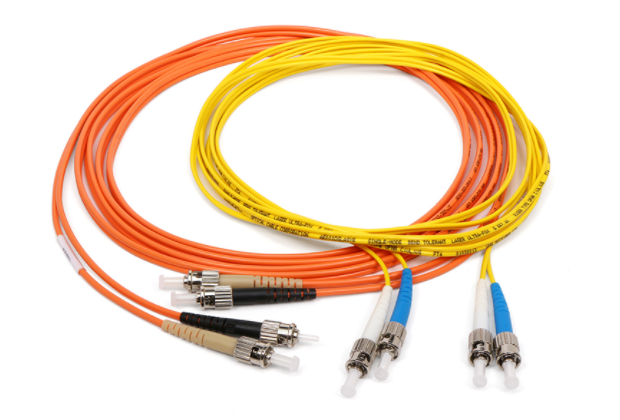Oufu Optical Fiber Cable Co.,Ltd
Address: Shenyang, Liaoning, China
Contact person: Manager Zhang
Phone: 400-964-1314
Mobile phone: +86 13904053308
【whatsapp && wechat】
2024-07-08 3503
Fiber Jumper Cables Comprehensive Analysis: A Selection and Application Guide
In the realm of telecommunications and networking infrastructure, fiber jumper cables play a pivotal role in connecting various components within a fiber optic system. These versatile cables facilitate the seamless transmission of data and signals over long distances with minimal loss and interference. To fully harness their potential, it's essential to have a comprehensive understanding of fiber jumper cables, their types, selection criteria, and applications. This guide aims to provide a detailed analysis, serving as a valuable resource for technicians, installers, and anyone interested in optimizing their fiber optic networks.

Understanding Fiber Jumper Cables
Fiber jumper cables, also known as fiber patch cables, are short lengths of fiber optic cable terminated with connectors at both ends. They are designed to provide flexible connections between fiber optic equipment, such as switches, routers, patch panels, and fiber distribution frames. The core of these cables is made of glass or plastic fibers, capable of transmitting light signals with high bandwidth and speed.
www.adsscable.cn
Types of Fiber Jumper Cables
Single-Mode vs. Multi-Mode: The primary distinction lies in the core diameter. Single-mode cables have a smaller core (typically 9 microns), supporting longer distances and higher data rates, making them ideal for long-haul and high-speed applications. Multi-mode cables, with a larger core (50 or 62.5 microns), are better suited for shorter distances and less demanding applications due to their higher modal dispersion.
Connector Types: Fiber jumper cables come with various connector types, including SC, LC, ST, FC, and MPO/MTP, among others. The choice of connector depends on the equipment being connected, industry standards, and personal preferences.
Armored vs. Unarmored: Armored fiber jumper cables offer additional protection against physical damage, making them suitable for outdoor or harsh environments. Unarmored cables, on the other hand, are lighter and more flexible, ideal for indoor installations.
Selection Criteria
When selecting fiber jumper cables, several factors must be considered:
Compatibility: Ensure the cable's connector type and fiber mode (single-mode or multi-mode) are compatible with your existing equipment.
Length: Choose a cable length that meets your specific needs while avoiding excessive slack, which can lead to tangling and increased loss.
Durability: Consider the environment in which the cable will be deployed and select an armored or unarmored version accordingly.
Performance Requirements: Assess your network's bandwidth, distance, and speed requirements to determine the most suitable fiber type.
Cost: Balance cost with quality and performance to ensure a cost-effective solution.
Applications of Fiber Jumper Cables
Fiber jumper cables find widespread use in various applications, including:
Data Centers: They connect servers, switches, and routers, facilitating high-speed data transmission within data centers.
Telecommunication Networks: Used in long-haul and metropolitan fiber optic networks to transmit voice, video, and data signals.
FTTx (Fiber to the X): Essential in Fiber to the Home (FTTH), Fiber to the Building (FTTB), and Fiber to the Curb (FTTC) deployments, connecting end-users to the fiber optic network.
LAN/WAN Connectivity: Providing reliable and high-speed connections between local and wide area networks.
Industrial Networks: Utilized in industrial automation, SCADA systems, and other mission-critical applications requiring robust and reliable communication links.www.adsscable.cn
Conclusion
Fiber jumper cables are integral components of modern fiber optic networks, enabling efficient and high-speed data transmission. By understanding their types, selection criteria, and applications, network administrators and technicians can make informed decisions that optimize network performance and reliability. This comprehensive guide serves as a valuable resource for anyone seeking to enhance their knowledge of fiber jumper cables and leverage their full potential in various networking scenarios.